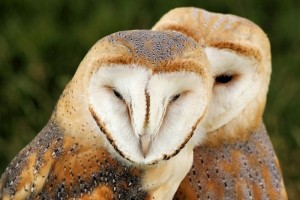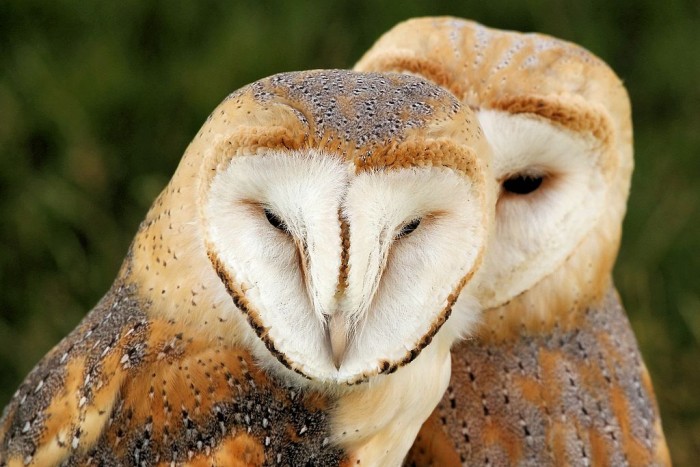Our resident professional deer management expert, David Ward, shares his insights from spending time observing the natural countryside habitat.
Barn Owls

If you’re out at sunrise or at sunset, at any time of the year, you might spot a hunting barn owl, flying low over grassy land. The barn owl has a highly developed sense of hearing. It patrols its hunting ground, listening for the rustling of small mammals, ready to swoop down for the capture. You won’t hear a thing, though – and nor will the voles that make up the larger part of the barn owl’s diet, because its incredibly soft feathers are adapted for perfectly silent flight.
But the secret of success in temperate climates becomes a feature of destruction in the cold, wet season. The super-soft feathers are not water resistant, and on wet days a barn owl can’t hunt; unable to store much body fat, the birds often die of starvation. Forced to hunt during the day, when voles and mice are taking advantage of a slight rise in temperature and are foraging for their own food, the barn owl will perch on a post or a tree, listening for its prey. This is the only energy-efficient method of hunting in cold weather, when a long period of flying could very well result in no catch at all. Sometimes a barn owl is compelled to venture beyond its home range. Sadly, when this happens, survival rate is low.
During the summer months, fields of crops and grassland are home to large populations of voles. As the temperature drops and food becomes scarce, voles lead a more sedentary life, burrowing into nests to preserve energy and to avoid predators. Historically, this is a time when barn owls hunted in the warmth of farm buildings, where rodents were also seeking shelter. However, recent changes in farming practices, particularly feed storage and rodent control, mean that barn life is now not such an easy option.
Kestrels
A kestrel will cache its food – an economical system, whereby hunting is done in favourable conditions and food is stored for later. With its exceptional eyesight, a kestrel is capable of spotting a beetle 50 meters away and has the unusual capacity to see the ultraviolet light given off by urine, enabling it to follow the trails of its prey.
Unlike the barn owl, the kestrel is more confident in venturing beyond its home range, moving to lower altitudes during the winter when there is a shortage of small mammals and invertebrates. It will even eat carrion. Although, like all birds of prey, the kestrel is loath to be near human beings, it will, when desperate, take meat from human refuse.
It’s a thrill to see these lovely birds close up, but rather sad to realise that this is a reflection of their desperation. There are many kinds of living creatures in the countryside, and you can learn a lot by observing them.
You can find out more about David Ward’s services as a professional deerstalker, by heading over to his site, Norfolk Deer Management.

